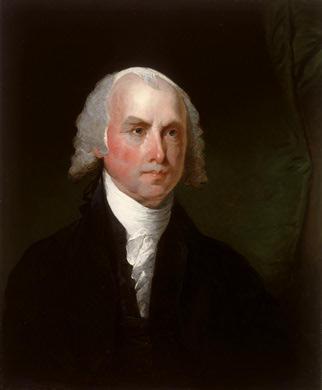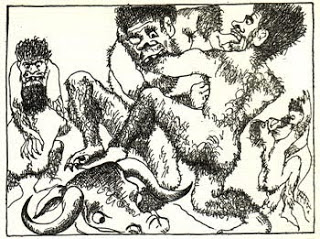Consider the facts. What is required to be “insurrection?”

Greg Sargent at Plumline posted a long series on X (Twitter) discussing just what then-President Trump’s actions should be considered, using evidence that heavily points towards Trump’s intent being insurrection.
It’s an important listing, a point-by-point discussion with facts we have, not what has been revealed in courts. The full thread is below, first level. There are links inside the thread you may wish to explore at “X.”
Read this thread. I would like to pose some hypothetical questions to insurrection-deniers: Is there anything Trump could have done that *would* have unambiguously constituted insurrection — anything that you’d acknowledge *does* require disqualifying him? 1/
What if, in the runup to 1/6, Trump had explicitly told his supporters to descend on the Capitol to stop the VP and Congress from certifying the transfer of power *by any means necessary*? Well, here’s what he did do: 2/


What if Trump had explicitly told top DOJ officials to fabricate evidence of widespread election fraud because he needed a pretext to justify his premeditated, illegal scheme to sabotage the transfer of power? Well, here’s what he did do: 3/

What if Trump had repeatedly and explicitly told his VP to ignore the law and abuse his authority to subvert the electoral count in keeping with his premeditated scheme to sabotage the transfer of power? Well, here’s what he did do: 4/



What if Trump, as he harangued the mob on 1/6, had explicitly told them to force Pence to scuttle the transfer of power, broadcasting a message to Pence that if he failed, he’d face the mob’s fury? Well, here’s what he did say: 5/


What if, while the mob attacked the Capitol, Trump had tweeted explicit instructions that the rioters should do whatever it takes to force Pence to sabotage the transfer of power? Well, here’s what Trump did tweet — again, *while* the mob was rampaging: 6/

What if Trump, as people begged him to call off the mob, explicitly said no, because he wanted them to keep going, to intimidate the VP and Congress from certifying the transfer of power? Well, here’s what he did do: 7/


Would you really deny the sum total of those hypotheticals = insurrection? Doubtful. Yet the line between that and what Trump did do is functionally nonexistent. The case that his insurrection was ambiguous rests on a deliberately blinkered reading of uncontested facts. 8/
Here’s how the CO ruling defines the threshold for committing insurrection: “a concerted and public use of force or threat of force…to hinder or prevent the US government from taking the actions necessary to accomplish the peaceful transfer of power.” 9/

Insurrection-deniers should say (1) whether the CO ruling’s description of the threshold Q is a reasonable one; and if so, (2) whether Trump’s conduct meets it. If your answers are no, what *would* be disqualifying? Or is the claim that Disqualification is a dead letter? 10/
Yes, disqual could have severe consequences/enter new territory. But via
@ianbassin, if trying to end lawful constitutional democracy is not deemed disqualifying, it could also cross a Rubicon: 11/ https://protectdemocracy.org/work/trump-bal

One more point: As
notes, the case for disqualification also rests on whether someone who so flagrantly broke their oath of office can be trusted to take the oath again. Read Parloff’s whole thread: 12/
Roger Parloff, @rparloff
“A construction of Section Three that would nevertheless allow a former President who broke his oath, not only to participate in the government again but to run for and hold the highest office in the land, is flatly unfaithful to the Section’s purpose.” /14

Any political discussion of this matter simply must include Trump’s current threats to *again* serially violate his oath of office and even to be a “dictator.” Are there consequences in green lighting all this? You need to weigh one set of consequences against the other. 13/13
This is a discussion for voters much more than a discussion for prosecutors and courts.
We do not need courts to tell us Trump is unqualified to be president. But we need to mark our ballots to reflect that judgment, as voters, to keep America great.



 Posted by Ed Darrell
Posted by Ed Darrell 




![A portion of the Bill of Rights is seen at the Vancouver [Washington] Community Library in 2016. (Amanda Cowan/The Columbian)](https://pcdn.columbian.com/wp-content/uploads/2016/12/471488-Bill-of-Rights_03.jpg)

























